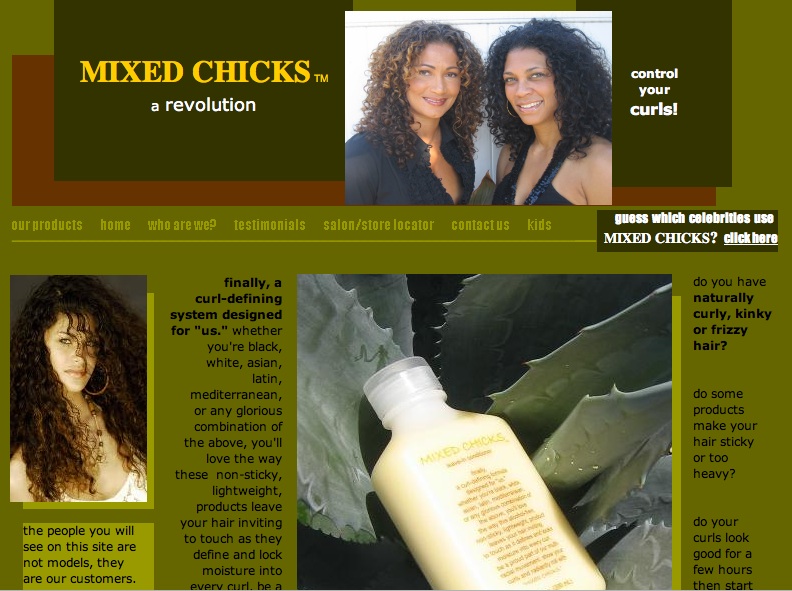If you ain’t never been to the ghetto
Don’t ever come to the ghetto
‘Cause you wouldn’t understand the ghetto
~ Naughty By Nature, “Ghetto Bastard”

used to be that if you were a musician the only way you could get ANY kind of significant distribution for your music was through a record label. cassettes and cds made it easier, but you were still at the mercy of the bureaucratic limits of physical distribution, and the price-tag for quality production was still insurmountable for most independent artists. when judged by the standard of the pro-quality sound and behemoth distribution bestowed upon label-produced music, independent options didn’t really compare.
(to make a long story short, i’m gonna skip over the way that punk and underground hiphop have functioned for the past several decades for the moment, and just flash forward to:) and then the internet came along, and all of that changed. not only could any dedicated producer get the pro music production software he (or she) needed for relatively cheap (or, you know, free), but the barriers for distribution got plowed down. you, as an unsigned, independent music producer–if you’re particularly talented–are now completely capable of producing music that sounds just as good as anything a label could create, and–if you’re particularly clever–that is disseminated damn fiercely.
and while all kinds of independent options were springing up like mushrooms after the online rain, and while tower records announced it was going out of business in october of 2006, just a month after wired’s “the rebirth of music” issue pointed out that the “music” industry had become simply the “plastic disc” industry, what also happened was that the music industry became a publicly traded industry.
you ever think about that?
that the major culture creation industry answers to shareholders every quarter–and i mean, ALL of it, not just the labels, the live concert promotion industry too–what that all means?
every business wants to make a profit, but when wall-street gets all up in this piece, it’s all just about making sure that stock is going up every quarter, and that means you can’t take long-range risks. a mainstream venue is no longer just a building, it’s an investment bank, and every band is valuated on their prior ticket sales track record. if you were paying attention, you noticed that in the course of this paragraph your saturday night concert ticket just became about that wallstreet stock ticker.
it’s a bit weird, huh?
there’s a lot of complaining that goes on about this situation, but personally, i think this is the best thing that could have ever happened as far as subcultures go.
since artists can now completely bypass labels and still grow a fanbase, this means that it’s possible for an act to be selling out underground parties from vancouver to san diego, and the publicly-traded music industry wouldn’t even KNOW they exist. it just became that much easier for communities to grow around music that has completely flown below the mainstream biz’s radar. and not just grow, but flourish. and then all of a sudden there’s a need for booking agents, managers, venues, labels, and of course, marketers too. all of it. the underground becomes a whole economy unto itself.
not that underground music is anything new by any means, but i think the degree to which this non-publicly traded music is now able to spread, and the extent to which the “underground economy” has the opportunity to expand, is completely unprecedented. by underground economy i don’t mean an illegal black market, i mean simply the economy that develops around independent culture creation. this isn’t people playing make-believe, waiting around, hoping to be “given a shot” by the majors. these are legitimate livelihoods, these are unmistakably careers, and what’s facilitating them shows no signs of slowing down.
over the course of the past year i’ve personally watched the mainstream and an underground start to collide on a business level, and i’ve been simultaneously in a front row seat on both sides of the battle line. i’ve seen major concert promoters cluelessly offer artists a tenth of what they easily command in their underground economy because they had no idea they were worth that much. i’ve seen underground producers get offered laughable deals that came from people thinking they are doing them some kind of favor. and i’m not even trying to be clever when i say that it just doesn’t seem to occur to them that musicians not represented by some kind publicly-traded entity would have anything better to do with their time. time is money everywhere, and money isn’t any less green in the underground economy, you know.
the whole thing reminds me of an eddie izzard routine about how england conquered the world with “the cunning use of flags.”
“That’s how you build an empire. Sail halfway around the world, stick a flag in. ‘I claim India for Britain.’
And they’re going, ‘You can’t claim us. We live here! There’s 500 million of us.’
Do you have a flag?
‘We don’t need a bloody flag, this is our country, you… bastard!’
No flag, no country. You can’t have one. That’s the rules…that…. I’ve just made up! ”
except the underground, now more than ever, very much does have a claim to its territory on the cultural landscape. and while the music industry continues to cut costs on its own product like it’s disposable, to the rest of the consumer goods industry underground culture is becoming an indispensable marketing tool.
a couple of months ago the wall street journal wrote:
At Nike, the drive to recruit under-the-radar influencers is on the rise and a key part of the company’s strategy.
Mr. Parker (Nike’s CEO) sees the challenge thusly: “The question is, how do you not let your size become a disadvantage? How do you keep an edge, a crispness, a relevance?”
Though far from mainstream, Mr. Cartoon rivals Nike’s high-profile jocks for influence among a certain crowd that is young, Latino and hip-hop. His ink-on-flesh flourishes are popular with rappers like Eminem and 50 Cent. Born Mark Machado, Mr. Cartoon has also written comic-book style graphic novels and created a brand called Joker to sell T-shirts and baseball caps with his designs. Nike’s Mr. Parker, who met Mr. Cartoon several years ago, calls him an “aesthetic influence and a friend.”
In addition to Mr. Cartoon, Mr. Parker has fostered Nike collaborations with a New York graffiti artist named Lenny Futura, the industrial designer Marc Newson and a pair of twin Brazilian muralists known as Os Gêmeos.
Following his own instincts, Mr. Parker has moved to aggressively link Nike with those who can help maintain the company’s standing among what he calls the “influencers of influencers.”
“I have a personal interest in popular culture and the influence of culture on the consumer landscape,” says Mr. Parker.
funny…didn’t that used to be what the music industry used to be interested in? i could have sworn….
so the music industry stopped being about culture and became about product, and the product industry became about culture. major labels started treating underground artists like they were doing them a favor by even deigning to acknowledge their existence while major brands have started seeking to develop partnerships with them. well, i didn’t just make up these rules, but it sure does seem to have gotten all turned around, doesn’t it?

